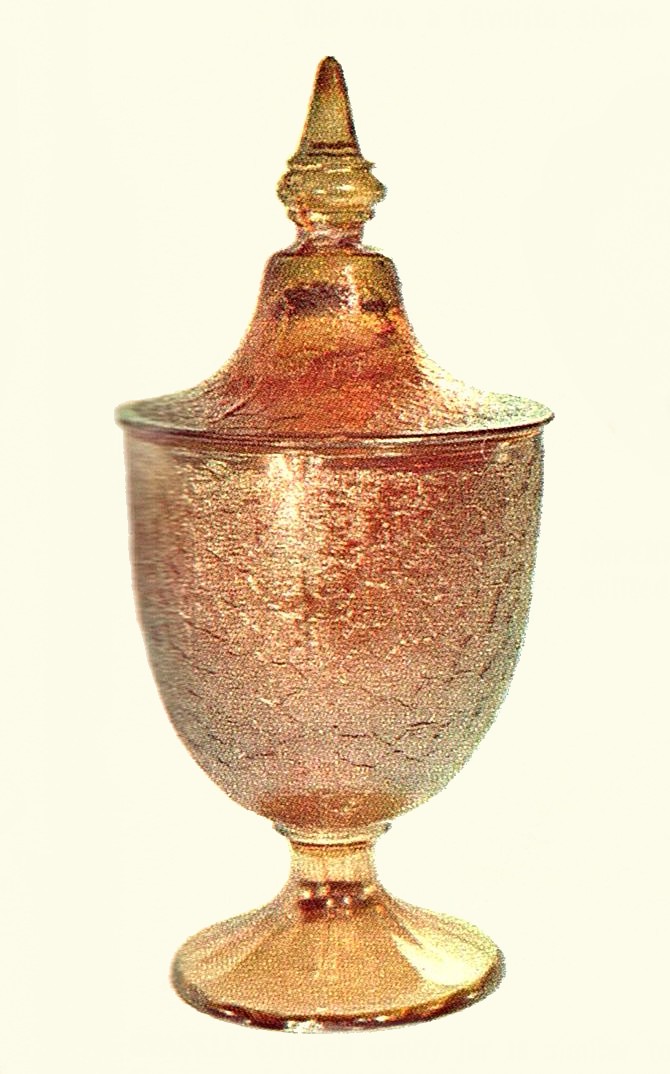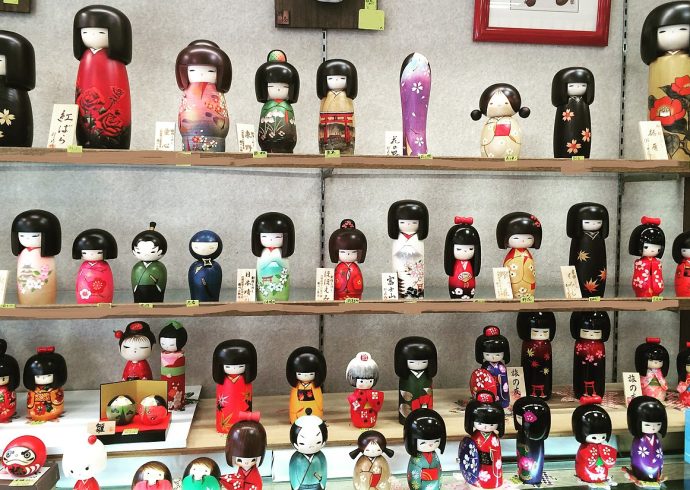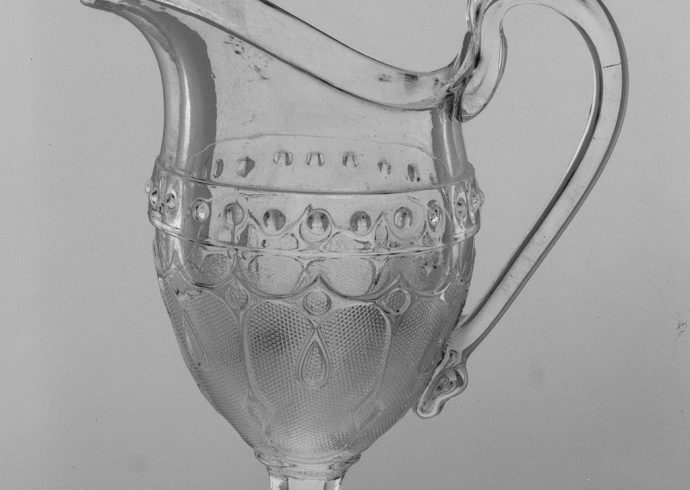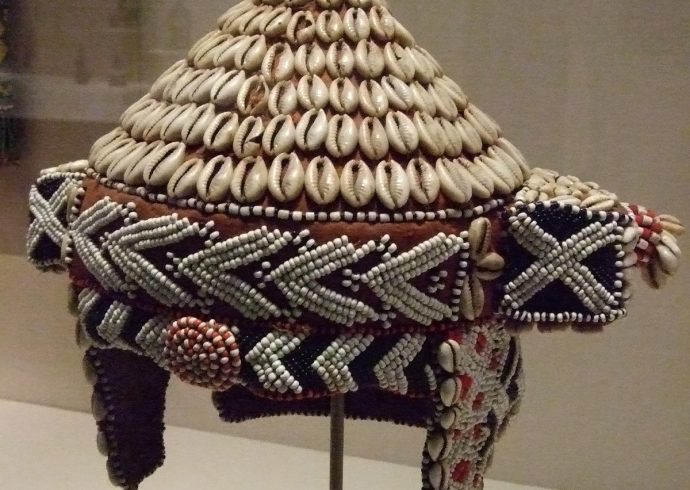
Craquelle Glass: Glassware with Crackles
Craquelle glass, more commonly known as crackle glass or ice glass, is a special type of decorative glassware that appears to have a large number of random cracks on the surface of the glass. Crackle glass was first invented in Venice during the sixteenth century when a newly hand blown piece of glass that was still hot, came into contact with cold water. The cold causes the surface of the glass to form cracks, yet at the same time causes the piece of glass to be solid without breaking. The timing of exposure to the cold water, and the reheating process must be just right so the glass does not break from the rapid exposure of the two extreme temperatures. After the cracks formed, the glass was quickly reheated to make the inside surface smooth. While it took some expertise in making the crackle effect, soon other glass manufacturers across Europe and eventually the United States also created crackle glass in factories. By the late nineteenth century, crackle glass was in demand by the public, as this was the time that art glass increased in popularity. This form of art glass came in a wide variety of colors and was hand blown, just as other forms of art glass was during that time, such as Burmese glass.
Crackle glass can also be made with an external protective layer added to the surface of the crackles to “seal” them in. While this procedure was not as popular in the early years this type of glass was made, a few examples do exist and can easily be determined by running one’s fingers over the crackle portion to see if it feels perfectly smooth or not.
Companies that produced crackle glass at the end of the nineteenth century were Mount Washington, Sandwich, Hobbs Bruckunier, Cambridge, Blenko, H. C. Fry, and Pilgrim Glass. By the twentieth century, Fenton and Robert Hamon continued to make crackle glass for decorative use.
A few examples of crackle glass are:
A flower bowl-shaped vase in amber crackle by Pilgrim dates around the 1950’s or 1960’s.
A turquoise blue crackle vase by Hamon has a narrow opening plus a handle and spout like a miniature pitcher.
A jug pitcher vase in blue crackle by Pilgrim has a handle and narrow opening.
A light green crackle paperweight in a pear shape by Blenko has a stem and leaves.
Image Credit: Zindbar.


